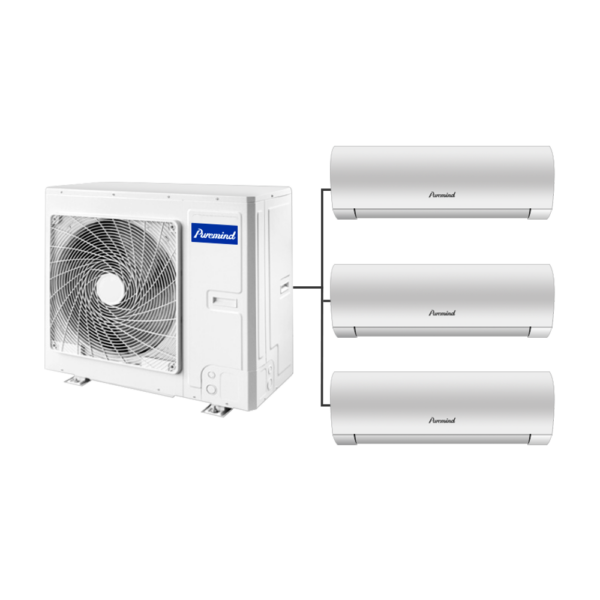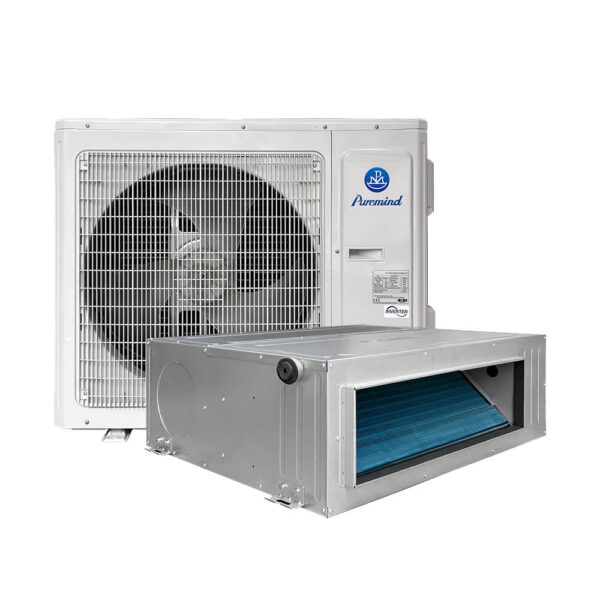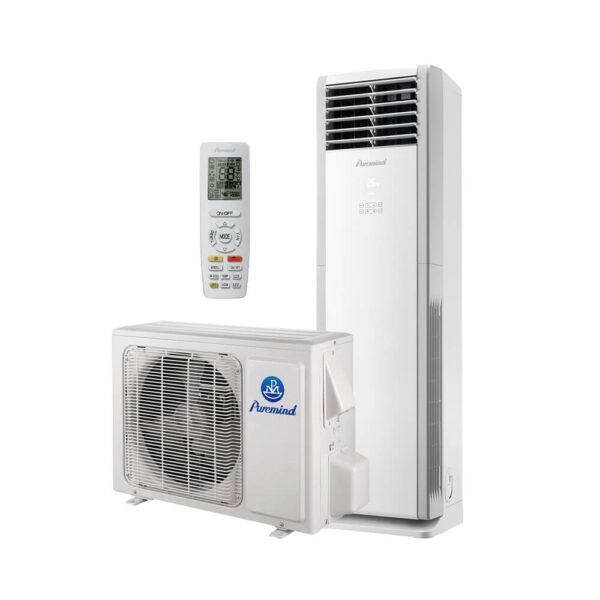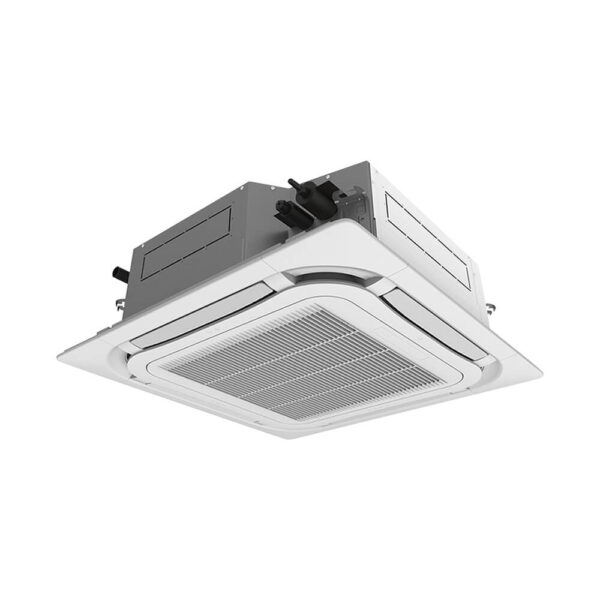Supply House HVAC: The Complete Guide for Wholesalers and Distributors
The evolution of the supply house HVAC model has transformed how wholesalers, suppliers, and distributors operate within the heating, ventilation, and air conditioning sector. As demand for energy-efficient and high-performance HVAC solutions grows, mastering the supply house model is critical for staying competitive and meeting the needs of diverse B2B clients.
What Is a Supply House HVAC?
A supply house HVAC is a specialized wholesale distributor or supplier focused on delivering a comprehensive range of HVAC equipment, components, and support to contractors, builders, facility managers, and increasingly, to the public. These operations serve as the backbone of the HVAC supply chain, offering everything from air conditioners and furnaces to parts, tools, and technical advice.
- Centralized Inventory: Stock a wide range of brands, models, and spare parts for quick delivery and project flexibility.
- Expert Consultation: Provide technical support, troubleshooting, and system design services.
- Bulk and Project-Based Sales: Offer discounts, credit terms, and custom solutions for recurring B2B clients.
- Value-Added Services: On-site delivery, logistics support, and after-sales service enhance customer satisfaction.
The Role of HVAC Supply Houses in the B2B Ecosystem
Supply houses play a pivotal role by bridging manufacturers and installers, ensuring that quality products are available when and where they are needed. Their B2B focus is especially valuable in complex commercial, multi-site, and industrial HVAC projects.
- Streamlining Procurement: One-stop shopping simplifies purchasing and reduces project lead times.
- Supply Chain Resilience: Large inventories help contractors overcome supply shortages and last-minute changes.
- Technical Partnerships: Ongoing training, product updates, and system support build long-term client loyalty.
- Flexible Fulfillment: Options include local pickup, scheduled delivery, and emergency supply for urgent jobs.
Key Product Categories in HVAC Supply Houses
- Split Air Conditioners: Including energy-efficient mini splits and multi-zone systems for both residential and light commercial use.
- Furnaces and Heating Units: A range of gas, electric, and heat pump systems.
- Air Quality Solutions: Air purifiers, filters, humidifiers, and ventilation products.
- Thermostats and Smart Controls: Programmable and connected controls for modern HVAC management.
- Installation Accessories: Refrigerant, piping, electrical components, brackets, and more.
Digital Transformation: Online Supply House HVAC
The rise of e-commerce has modernized the supply house model, allowing B2B clients to order products online, access digital catalogs, and receive technical documentation instantly. Leading supply houses now blend brick-and-mortar services with advanced digital tools, enabling real-time inventory checks, online payments, and remote support.
Discover the latest split air conditioner options and other HVAC essentials in our continually updated product catalog.
Best Practices for Running a Successful HVAC Supply House
- Diversified Inventory: Carry a balanced range of brands, price points, and system types to serve every segment.
- Customer-Centric Service: Prioritize fast response, knowledgeable staff, and custom order fulfillment.
- Vendor Relationships: Build strong ties with manufacturers to secure priority stock and exclusive offerings.
- Data-Driven Decisions: Use sales analytics to anticipate demand, reduce overstock, and plan promotions.
- Marketing Integration: Combine traditional outreach with SEO-driven content and online advertising to reach both established and new B2B clients.
Challenges Facing Modern Supply House HVAC Operations
- Supply Chain Disruptions: Fluctuations in material availability and transportation impact inventory planning.
- Technical Training: The complexity of modern HVAC systems requires ongoing staff education.
- Competition: Online-only suppliers and direct manufacturer sales intensify the market.
- Regulatory Changes: Keeping up with energy codes, refrigerant regulations, and product certifications is essential.
- Customer Expectations: Clients increasingly demand instant service, product transparency, and flexible delivery.
Frequently Asked Questions
- What sets a supply house HVAC apart from standard wholesalers?
- Supply houses offer expert advice, wider inventory, project support, and value-added services not typical of basic wholesalers.
- Do supply house HVAC operations sell to the public?
- While the main focus is B2B, many now provide limited access to public buyers for selected products.
- Where can I find high-quality split air conditioners for B2B supply?
- Visit our split air conditioner product page for the latest models and technical support resources.
Market Trends and Future Outlook
The supply house HVAC sector is projected to grow, driven by demand for energy-efficient upgrades, smart technology, and resilient supply chains. Wholesalers and distributors who invest in digital transformation, inventory agility, and customer relationships will remain competitive in this dynamic landscape.
Conclusion
Adopting the supply house HVAC model enables wholesalers, suppliers, and distributors to expand their reach, improve service quality, and adapt to changing market needs. By focusing on best practices, leveraging digital tools, and prioritizing client relationships, your business can thrive in the evolving HVAC supply ecosystem.







